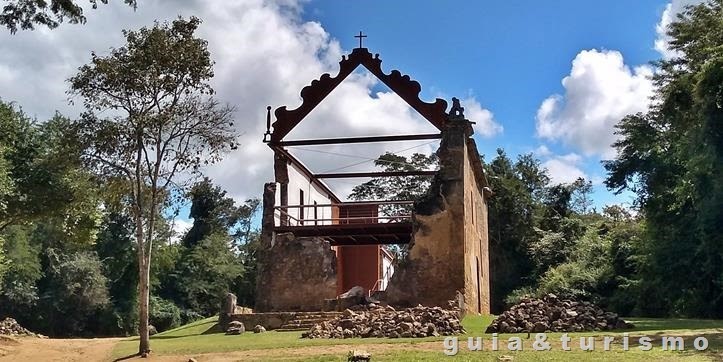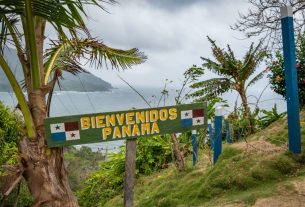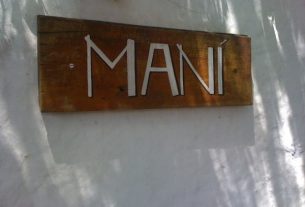The dream of freedom made enslaved black people build a church. The church was ready, but freedom did not happen, what happened was a great revolt that became known as the Queimado insurrection.
The place that was the scene of the most important and bloody movement for the liberation of enslaved black people in Espírito Santo is now a Historic Site and is being prepared to transform into an Open Air Museum.
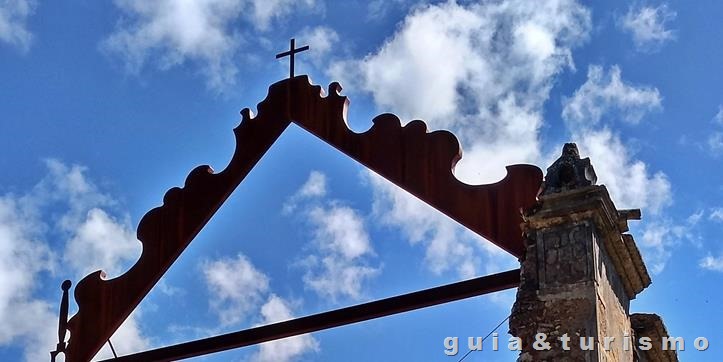
25km from Vitória, Queimado is a rural district in the municipality of Serra in the metropolitan region, but once belonged to the capital of the state of Espírito Santo.
>> Read about more attractions in Serra.
In the 19th century Queimado was a busy and prosperous trading post with many properties. It had approximately 5,000 residents, a large population for the time.
 |
| Photo of the collection displayed at the Queimado Church. |
On that occasion, the Italian friar Gregório José Maria de Bene arrived at the scene. He didn’t understand how a place like that didn’t have a church for the spiritual comfort of those souls. The friar then decided to build one.
He obtained the financial resources from the farmers, but he needed labor. To this end, the friar promised to intercede for the freedom of the enslaved black people who worked on the construction of the temple. There are reports that the religious man was against slavery.
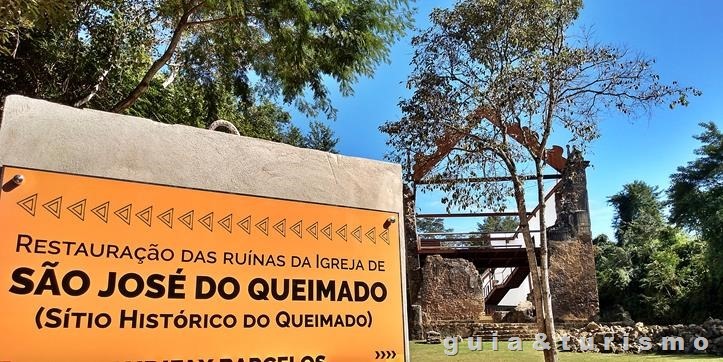
So he stayed awake. And for freedom, the enslaved worked on construction on holy days and Sundays when they had no obligations on the farms, and on full moon nights.
The church was built on top of a hill using stones from the region. They say that the stones were separated according to the size of the people, those that were the size of a fist were taken by children. And so, from stone to stone, the church dedicated to Saint Joseph was built.

On March 19, 1849, Saint Joseph’s Day, during the church’s inauguration mass, the enslaved people who worked on its construction arrived demanding the promised freedom.
The priest left the altar and the revolt began. The leaders of the movement toured the farm, getting gentlemen to sign the manumission and gathering more people. The revolt gained major proportions.
The president of the Province of Espírito Santo sent a police force and also received reinforcements from Rio de Janeiro. The hunt for the rebels began with extreme violence. The insurrection lasted five days.

The enslaved people who were unable to escape (and survived) were judged. Some were flogged in the pillory, others imprisoned and others killed. The priest was removed from the church, arrested and expelled from Espírito Santo.
Elisiário, one of the leaders of the insurrection, managed, with the help of the jailer, to escape from prison and became a legend, being called “Zumbi da Serra”.
The other two leaders, Chico Prego and João da Viúva, were hanged. Chico Prego received a statue in the city of Serra and gave its name to the Municipal Culture Incentive Law.
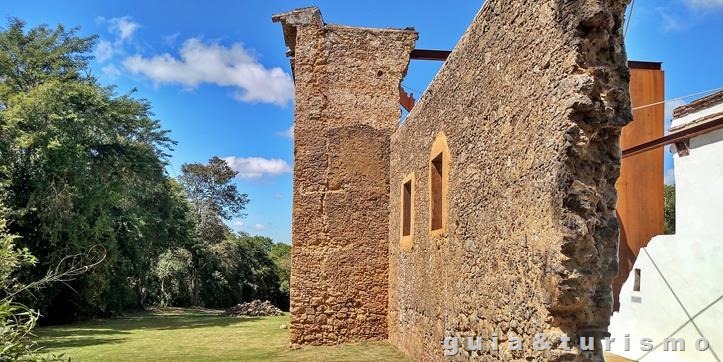
Due to the number of participants (there are reports of 300 enslaved black people) and the violence used, the Queimado Insurrection was the main movement against slavery that took place here in the state, and one of the most important in Brazil. The church became a monument of resistance to slavery.
So that the Queimado Insurrection does not fall into oblivion, every year on March 19th there is a walk from the center of the city of Serra to the place where cultural and religious events take place.
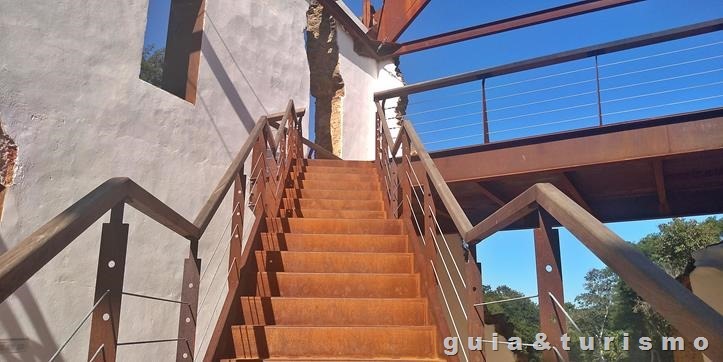 |
| Staircase that gives access to the mezzanine. |
The church of São José do Queimado still operated for years, but was then abandoned, leaving only ruins over time. The site, which also has the ruins of a cemetery, was listed by the State Council of Culture as a Historic Site of São José do Queimado.
The population has always been charged with preserving the place and restoring what was left of the church. Finally last year they completed the restoration work on the church and it was very good as well as beautiful.
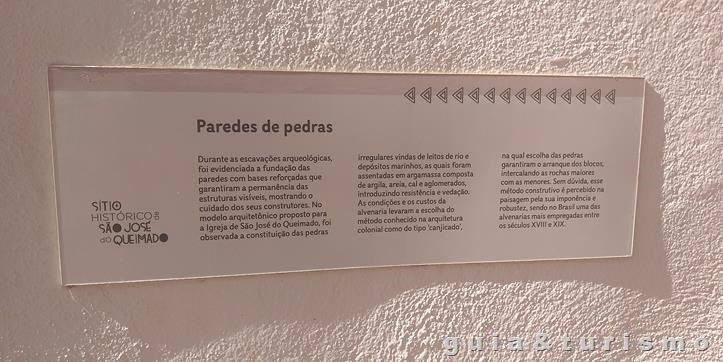 |
| There are photos and plaques with information about the History of the Queimado church. |
The church, contrary to what I imagined, was big and the work done there attracts attention and you can walk around it, climb it and enjoy the view of the surroundings.
The restaurant opened last year and a big event was planned, but it was canceled due to the pandemic.
The church was not rebuilt, many things no longer existed. They preserved and restored what was left and added a steel structure that serves both to hold what was left and simulate what collapsed.

And the main part that collapsed was the roof. Therefore, now it has no coverage and will remain like this, forming the open-air museum, which is how the place works, rescuing the history of Queimado and working on various tourism segments such as historical, cultural, pedagogical and ecological.
But for the open-air museum to function and receive visitors, the second part of the project remains to be completed, when a guardhouse, parking lot, bathrooms, auditorium, trails, signage and restoration of the old cemetery will be built. Everything stopped.
But even though all this is missing and not officially open for visitors, many people have been going there. I’ve been there myself and I really liked it.
HOW TO GET
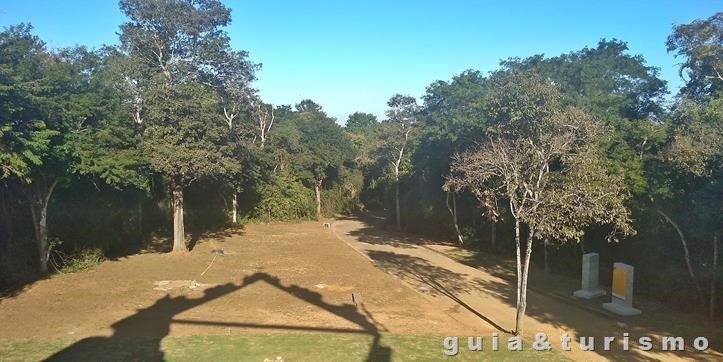 |
| View from the church mezzanine. |
I live in Serra and I always wanted to go, but until last year I hadn’t been. I found out about the works and decided to go even though I didn’t know if I would be able to get in and it went smoothly. I was surprised by the place.
You can go from the city center of Serra, it is approximately 11km on a dirt road. But if you are in Vitória or the Carapina region, it is not worth going to the center of Serra. Better to follow BR 101 towards Rio de Janeiro. Just after Km 276, turn right, passing under a train crossing, turn left, then the second right and continue straight.
The route has a beautiful landscape made up of the Mestre Álvaro mountain range and Lagoa das Almas, which has this name because slaves were thrown there during the insurrection.
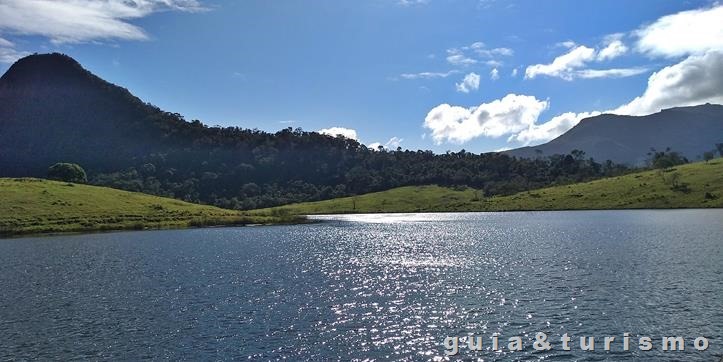 |
| Lagoa das Almas, a place where bodies of enslaved black people were thrown. |
Tour Guide: Discover Espírito Santo with a guide. Make contact with me.
Accommodation: Make your reservations on Booking.com and travel with peace of mind.
Car rental: Are you going to rent a car? Get quotes from several companies on rentcars.com.
Airline ticket: You can buy it at Passagens Promo.

